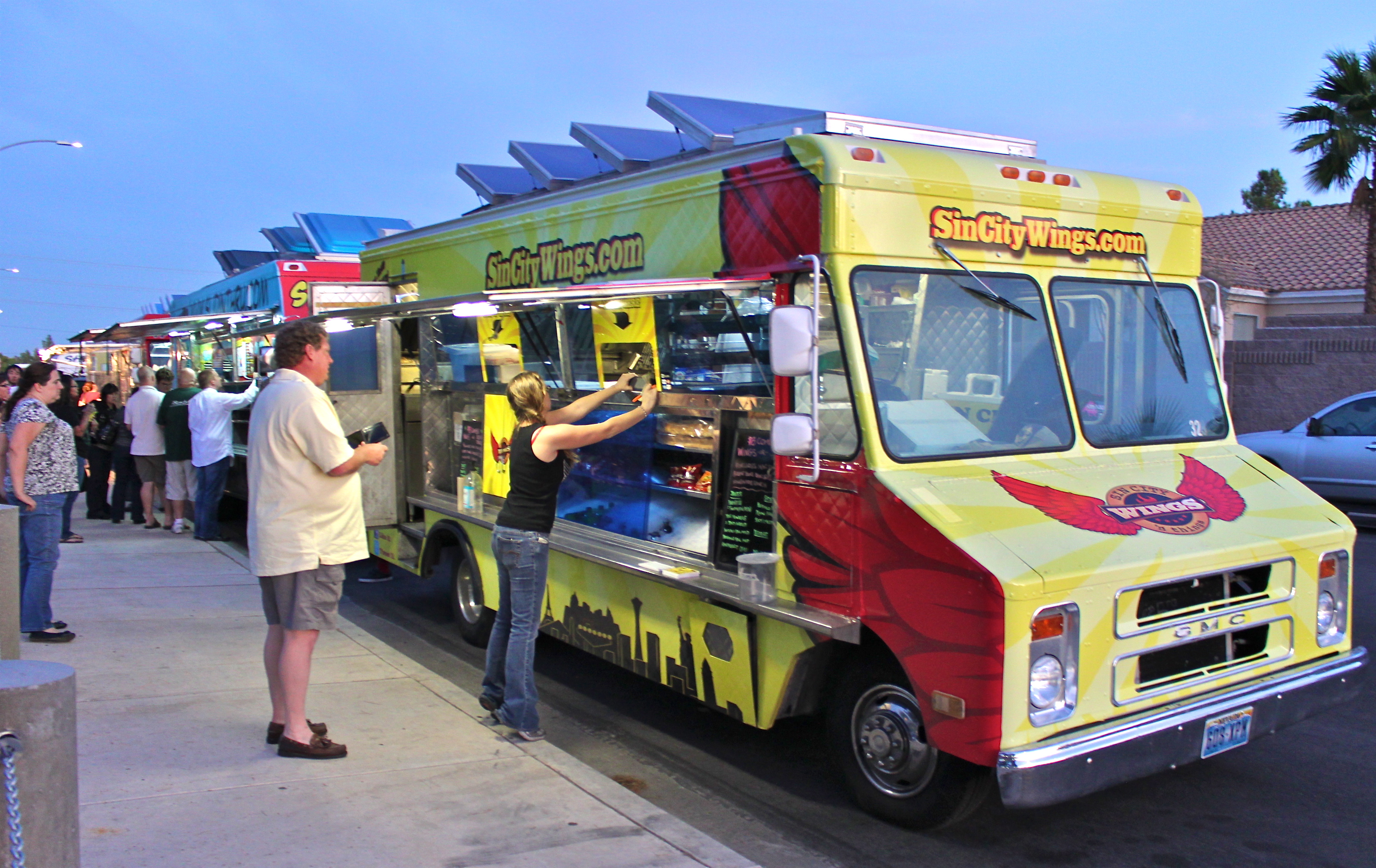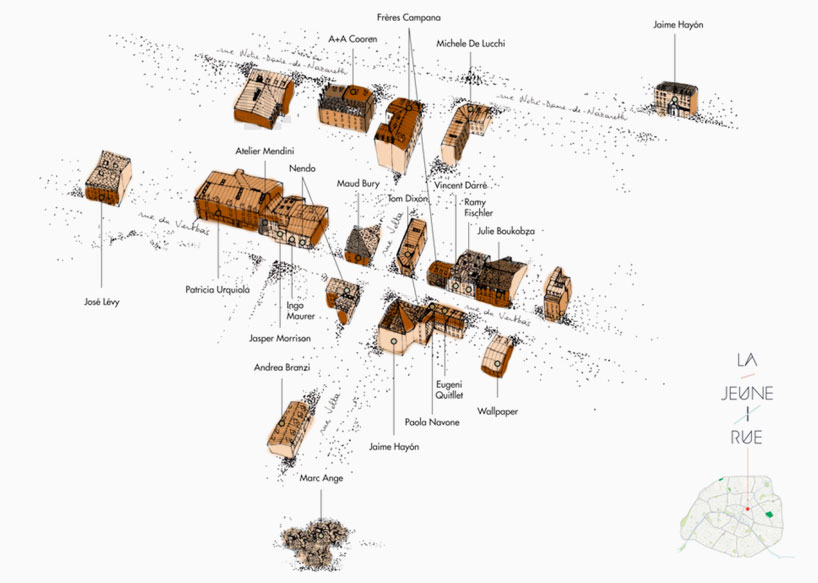In our nowadays business world, everything needs to be measurable. I heard someone said talking about charity and the lack of investments in certain causes (I believe they were talking about homeless people): Nowadays, in our era, what is not measurable does not exist. And this is the reason why we, as business people, love to set measurable goals. This is the way we are able to catch a certain sense of efficiency.
Here are just a few examples of the hazards of indiscriminate goal setting. First, consider
Sears, Roebuck and Co.’s experience with goal setting in the early 1990s. Sears set sales goals
for its auto repair staff of $147/hour. This specific, challenging goal prompted staff to overcharge
for work and to complete unnecessary repairs on a companywide basis (Dishneau, 1992).
Ultimately, Sears’ Chairman Edward Brennan acknowledged that goal setting had motivated
Sears’ employees to deceive customers. Sears’ “goal setting process for service advisers created
an environment where mistakes did occur,” Brennan admitted (Santoro & Paine, 1993).
In the late 1990s, specific, challenging goals fueled energy-trading company Enron’s
rapid financial success. Ackman (2002) compares Enron’s incentive system to “paying a
salesman a commission based on the volume of sales and letting him set the price of goods sold.”
Even during Enron’s final days, Enron executives were rewarded with large bonuses for meeting
specific revenue goals. In sum, “Enron executives were meeting their goals, but they were the
wrong goals,” according to employee compensation expert Solange Charas. By focusing on
revenue rather than profit, Enron executives drove the company into the ground.
In the late 1960s, the Ford Motor Company was losing market share to foreign
competitors that were selling small, fuel-efficient cars. CEO Lee Iacocca announced the specific,
challenging goal of producing a new car that would be “under 2000 pounds and under $2,000”
and would be available for purchase in 1970. This goal, coupled with a tight deadline, meant that
many levels of management signed off on unperformed safety checks to expedite the
development of the car—the Ford Pinto. One omitted safety check concerned the fuel tank,
which was located behind the real axle in less than 10 inches of crush space. Lawsuits later
revealed what Ford should have corrected in its design process: the Pinto could ignite upon
impact. Investigations revealed that after Ford finally discovered the hazard, executives remained
committed to their goal and instead of repairing the faulty design, calculated that the costs of
lawsuits associated with Pinto fires (which involved 53 deaths and many injuries) would be less
than the cost of fixing the design. In this case, the specific, challenging goals were met (speed to
market, fuel efficiency, and cost) at the expense of other important features that were not
specified (safety, ethical behavior, and company reputation).
As human being, it is difficult to think about business as only focused on figures and specific goals.
According to the article, here are some reasons that may lead to goals' inefficiency:
- When goals are too specifics: Then you have some other aspects of the work that are not taken into consideration that will go in limbo.
- Narrow goals: In our complex world, you need to have goals that take into account the complexity of the tasks of one person.
- Too many goals: When you have too many goals, you can't achieve them all.
- Inappropriate horizons: You need to manage both short terms and long terms goals. Both shall not fight against each other.
- Too challenging goals: This goes to the SMART goal idea. It need to be achievable.
- Risk taking: Entrepreneurship is about taking risks. Goals most of the time try to avoid this risk taking aspect, which is still important though.
- Dissatisfaction and the psychological consequences of goal failure
Now, does that mean goal setting is bad? Of course not, it just set the right questions about how to manage goal setting. It actually emphasizes the importance to set the right goals. Goals should be conceived as one component of the way to manage people but not an end as itself. I believe that managers should pay a lot of attention on the way they set goals, but also how they lead people and accompany his staff to meet these goals.
























